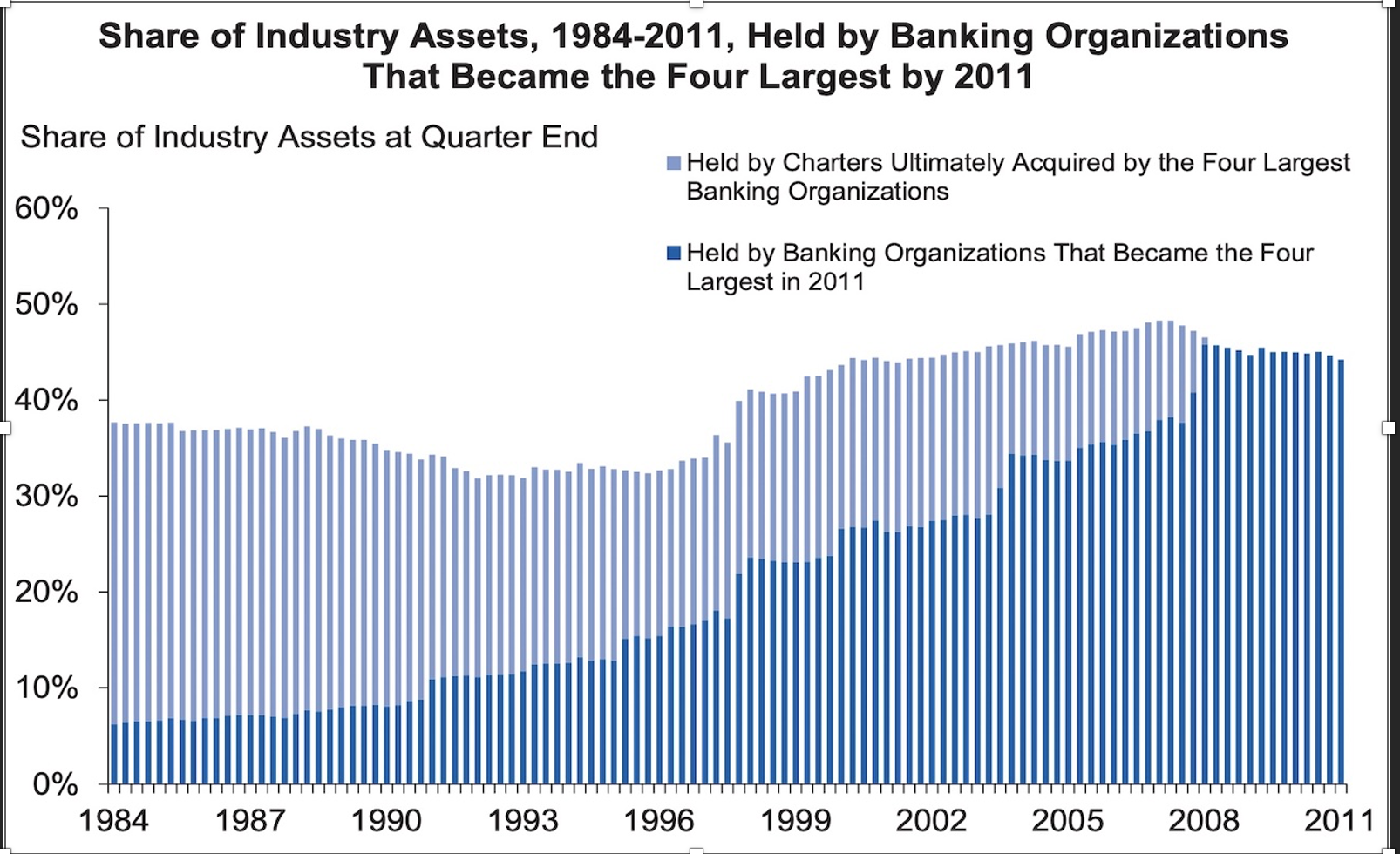A source of federal funding in the Inflation Reduction Act will soon be making grants to accelerate solar energy investments.
The example of a credit union’s preparation to access these funds is from Next City an online reporting blog.
The case study by Bianca Gonzalez was posted this week and is edited for brevity.
A More Equitable Approach to Financing Our Green Future
The USC Credit Union, a certified CDCU and CDFI, recently developed several green lending products that make emission-reducing energy upgrades more equitable for communities near the University of Southern California campus in South Los Angeles and East Los Angeles.
In the 2021 Inflation Reduction Act (IRA), the Greenhouse Gas Reduction Fund creates the opportunity for CDCUs and CDFIs to take on more risk and bring emission-reducing and cost-effective energy products to communities that need them most.
The Act provided the Environmental Protection Agency with $27 billion for the Greenhouse Gas Reduction Fund. Through competitive grants, the fund will support financing clean energy and climate projects that reduce greenhouse gas emissions. This program will also meet the requirements of the Justice40 Initiative that 40% of the benefits are for federal investments to disadvantaged communities.
For example a 2021 study on US solar adopter patterns shows that solar adopters tend to be higher income. In 2019, the annual median solar adopter income was about $113,000, while the overall U.S. median income was $64,000. The difference in annual income between solar adopters and the general population demonstrate that lower-income communities need equitable solar upgrade solutions.
Many USC Credit Union members have been left behind by traditional financial institutions, disproportionately impacted by climate change, and underserved due to a lack of accessibility for Hispanic and immigrant populations. These factors highlight the need for green lending in low-income Hispanic communities.
USC Credit Union’s Preparation
“South Los Angeles in East Los Angeles are now primarily Latino communities,” says Gary Perez, CEO of USC Credit Union. “Several decades ago, the South Los Angeles area was primarily African American. So as the racial makeup changed, we had to understand more about the needs of the Latino community. We turned to Juntos Avanzamos for counsel.”
Juntos Avanzamos is a designation for credit unions committed to serving Hispanic and immigrant consumers. USC Credit Union became a designated Juntos Avanzamos CDCU by Inclusiv, a CDCU membership organization and CDFI intermediary.
“We had to understand more about the first and second Latino generation members,” Perez says. Despite how convenient remote banking tools are, “the consensus is that these individuals prefer to bank in person. Why would these people prefer to commute to a bank? One hurdle is that they can’t access the same tools that English preferred or English native people can. So we’ve developed a new bilingual mobile banking system.”
With accessibility tailored to the Latino community and grants from the Greenhouse Gas Reduction Fund, USC Credit Union could take more risk and loan to members with a wider variety of financial circumstances.
The grant funding “will be used as loan loss reserves and allow us to lend to credit-challenged or income-challenged individuals who may have nontraditional sources of revenue,” Perez says. “We believe this use of IRA funds will do more for the inner city community.”
Neda Arabshahi, Vice President of Inclusiv observed that more than financial products are necessary. “They need to be paired with technical assistance, training in how to vet contractors, build partnerships with clean energy services and education of consumers,” Arabshahi says.
Perez and his USC Credit Union team completed the Virtual Solar Lending Professional Training and Certificate Program. The course was developed by Inclusiv and the University of New Hampshire (UNH) Carsey School of Public Policy.
“Those who benefit most from lowering their cost of energy are those struggling with the high cost of housing here in Southern California,” Perez says. “By providing accessible solar financing, we can lower the energy costs for those individuals and allow them to maintain households in this expensive L.A. market.”






